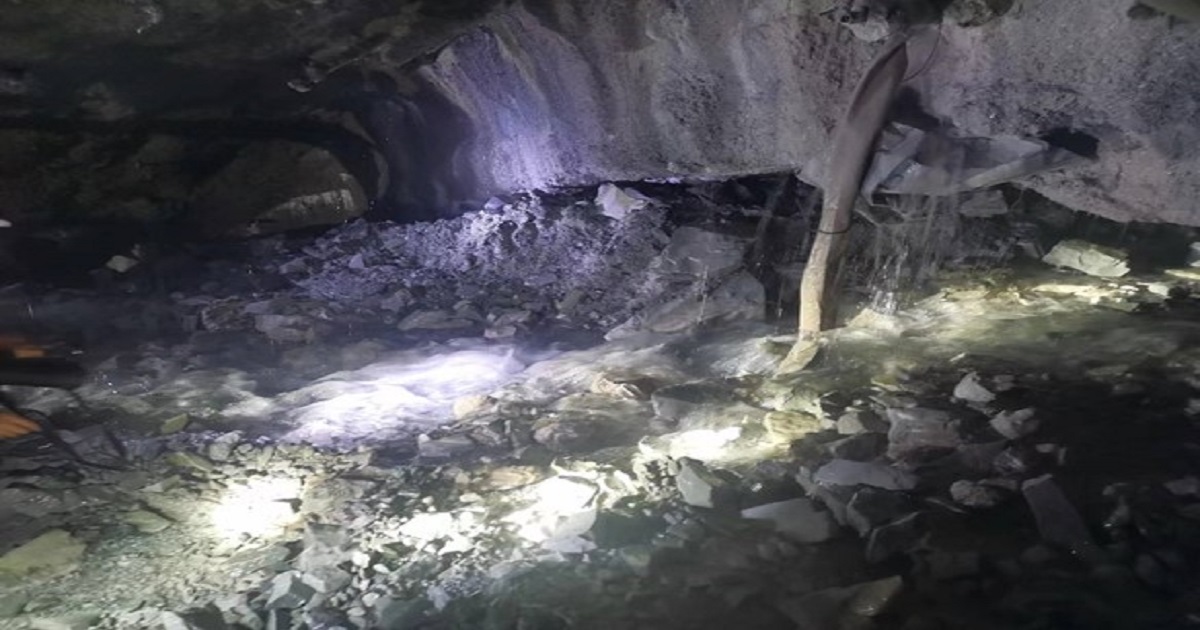Theory and Technology of Mine Water Disaster Prevention and Resource Utilization
A special issue of Water (ISSN 2073-4441). This special issue belongs to the section "New Sensors, New Technologies and Machine Learning in Water Sciences".
Deadline for manuscript submissions: 25 August 2024 | Viewed by 1584

Special Issue Editors
Interests: water seepage; multi-field coupling; dynamic response; fracture characteristics; water bearing fracture mechanics; energy dissipation; disaster mechanism of wa-ter-rich coal and rock; disaster prevention
Interests: mining; mine disaster monitoring; seismology; rock mechanics; machine learning
Special Issue Information
Dear Colleagues,
The complex hydrogeological conditions in deep mining areas, combined with large-scale and high-intensity mining activities, have triggered a series of mine water disasters and significant resource waste issues. The prevention of mine water hazards and the utilization of water resources are crucial for the safe operation of mines and the efficient utilization of mine water resources. Studying the occurrence mechanism of surrounding coal water disasters, advanced detection and disaster prevention can provide a theoretical basis and effective solutions for mine water treatment.
By studying fundamental mechanics theories of water-bearing coal rocks, technologies for the resource utilization of mine water, mechanisms of surrounding rock water disasters, and advanced technologies for the early warning and prevention of mine water disasters, an accurate prediction of and rapid response to mine water hazards can be achieved. This can minimize the losses caused by mine water disasters and effectively utilize water resources in mines. Therefore, this Special Issue aims to discuss the latest advances in the theory and technology of mine water hazard prevention and resource utilization.
All manuscripts related to the proposed topic are welcome. The Special Issue may include (without being limited to) the following themes:
(1) Fundamental mechanics of water-bearing coal and rock;
(2) Mechanism of surrounding rock water disaster;
(3) Theory and technology of mine water hazard detection;
(4) Theory and technology of monitoring, forewarning, prevention, and control of mine water disasters;
(5) Theory and technology of coordinated exploitation of coal–water dual resources;
(6) Resource utilization of mine water;
(7) Other related technology for mine water disaster prevention and resource utilization.
Given your competence in this area, we invite you to contribute a paper on the aforementioned subjects or others that may be relevant.
Dr. Helong Gu
Dr. Xueyi Shang
Dr. Huatao Zhao
Guest Editors
Manuscript Submission Information
Manuscripts should be submitted online at www.mdpi.com by registering and logging in to this website. Once you are registered, click here to go to the submission form. Manuscripts can be submitted until the deadline. All submissions that pass pre-check are peer-reviewed. Accepted papers will be published continuously in the journal (as soon as accepted) and will be listed together on the special issue website. Research articles, review articles as well as short communications are invited. For planned papers, a title and short abstract (about 100 words) can be sent to the Editorial Office for announcement on this website.
Submitted manuscripts should not have been published previously, nor be under consideration for publication elsewhere (except conference proceedings papers). All manuscripts are thoroughly refereed through a single-blind peer-review process. A guide for authors and other relevant information for submission of manuscripts is available on the Instructions for Authors page. Water is an international peer-reviewed open access semimonthly journal published by MDPI.
Please visit the Instructions for Authors page before submitting a manuscript. The Article Processing Charge (APC) for publication in this open access journal is 2600 CHF (Swiss Francs). Submitted papers should be well formatted and use good English. Authors may use MDPI's English editing service prior to publication or during author revisions.
Keywords
- mine water disasters
- utilization of water resources
- mine water treatment
- fundamental mechanics theory of water-bearing coal rocks
- surrounding rock water disasters
- warning and prevention of mine water disasters







